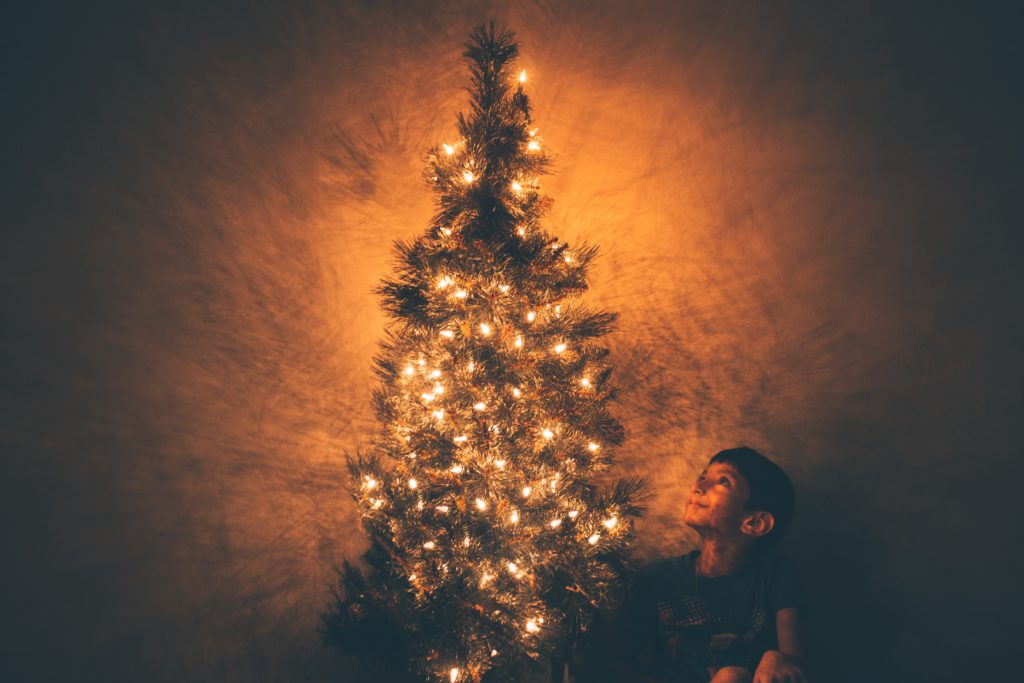Virtually every Christmas tradition we find in our world today has its roots in Ancient Europe. For one, the European immigrants brought in several ornaments that seem to be all the rage. The concept of Christmas ornaments itself was originally never in vogue–people used candles instead.

These days, it feels much safer to decorate Christmas trees with lights (electric lights, to be exact). However, the ornaments we hang go all the way back to the days of yore– traceable to Germany. Then, the globally famous family–Muller–began displaying their hand-blown Christmas ornaments made of glass, and that was for interested persons to buy.
Descendants picked up the trend and continued displaying.
Four hundred years down the line, the family is still widely known, though under a company name–Inge-Glass.
The Secret Language of Christmas Ornament Colors and Shapes
What could be more enticing is the fact that every ornament has a meaning:
House ornaments symbolize protection and family shelter.
Bird ornaments represent joy and happiness.
The presence of heart ornaments signifies true love in a home.
Home angel ornaments request God’s guidance.
Rabbits on trees represent peace with nature.
Fruit baskets are a symbol of generosity and abundance.
Acorns, which come from sacred oak trees, represent the gift of life and are symbolic of good fortune.
Teapot ornaments symbolize hospitality.
Traditionally, frogs have been associated with good luck since they cannot move backwards or sidesways. Their constant forward motion implies reaching goals and achieving them.
Germans traditionally hid the pickle ornaments in some branch as the final ornaments on their trees. The child who finds the pickle first on Christmas morning gets a special gift and can open his presents first.
Here are just a few of the many Christmas ornaments you’ll find across the globe. But now, you may hit the market with a true knowledge of what your ornaments mean.